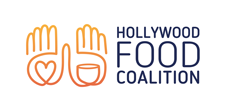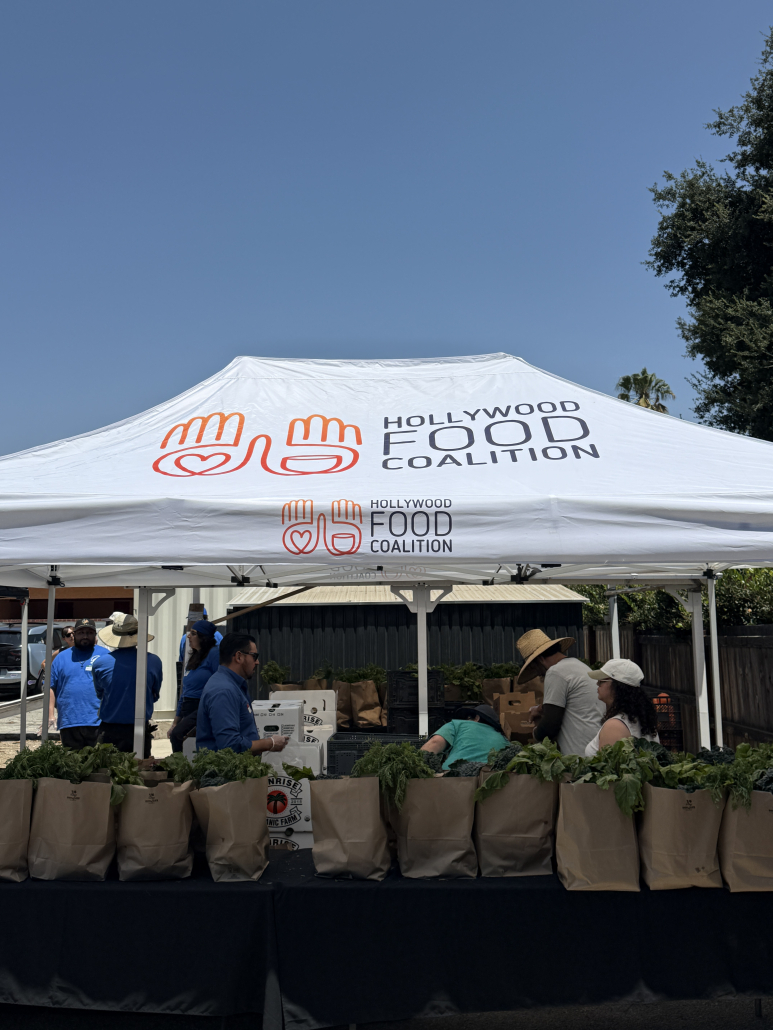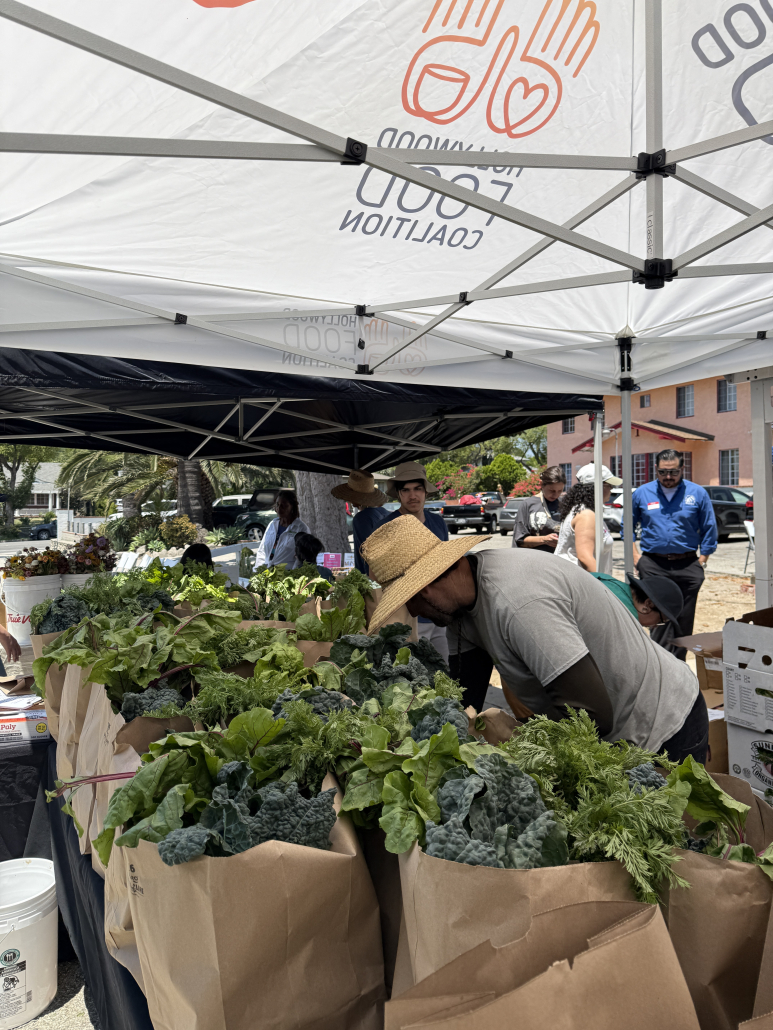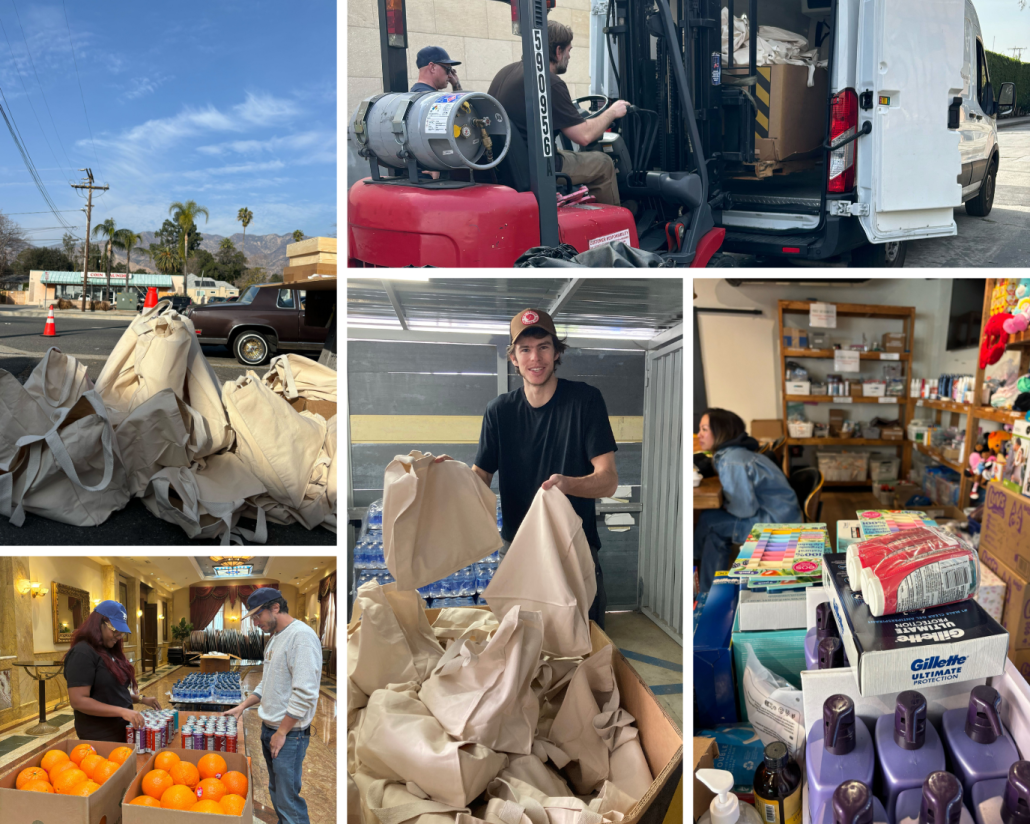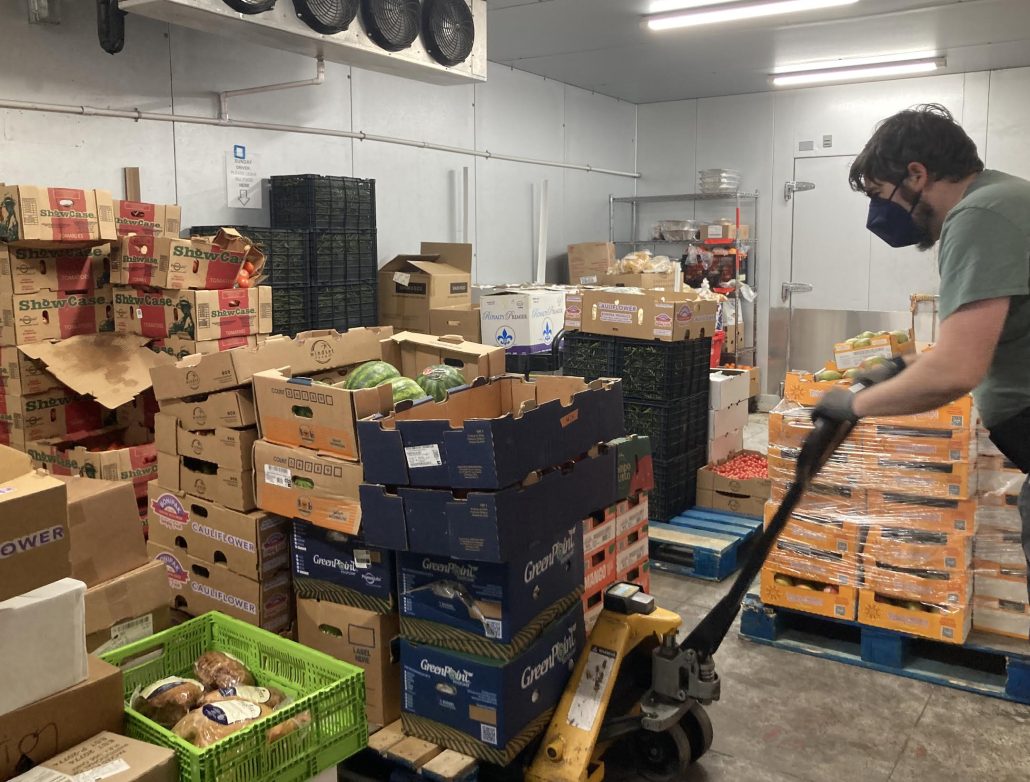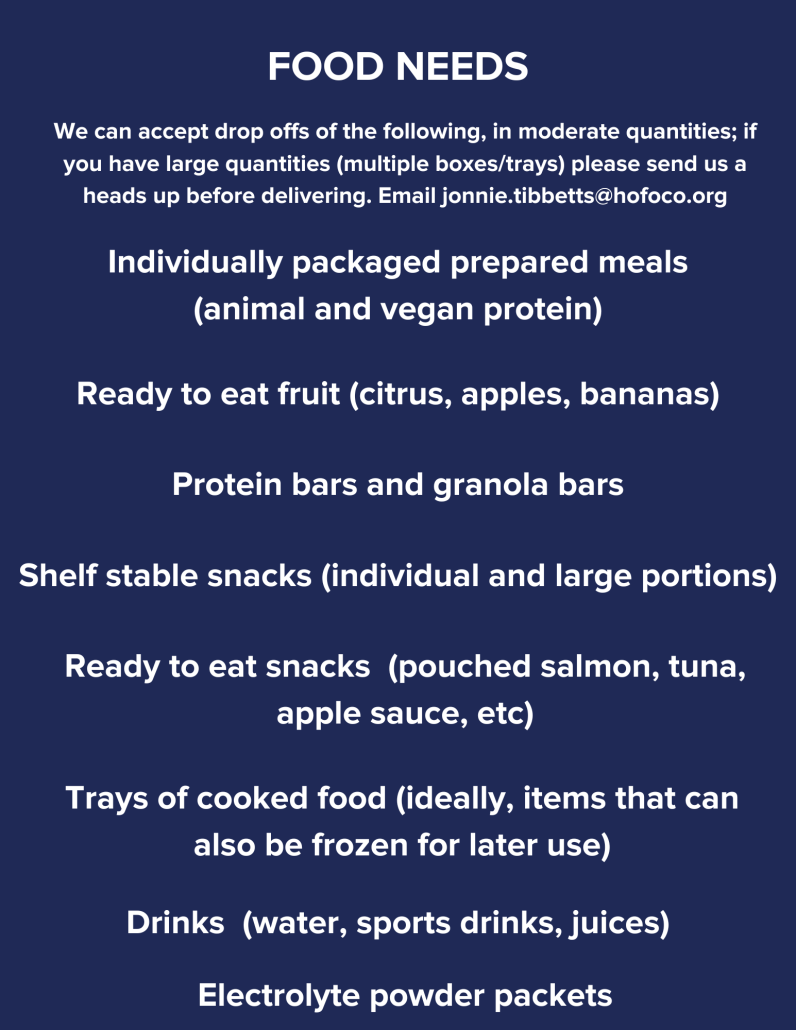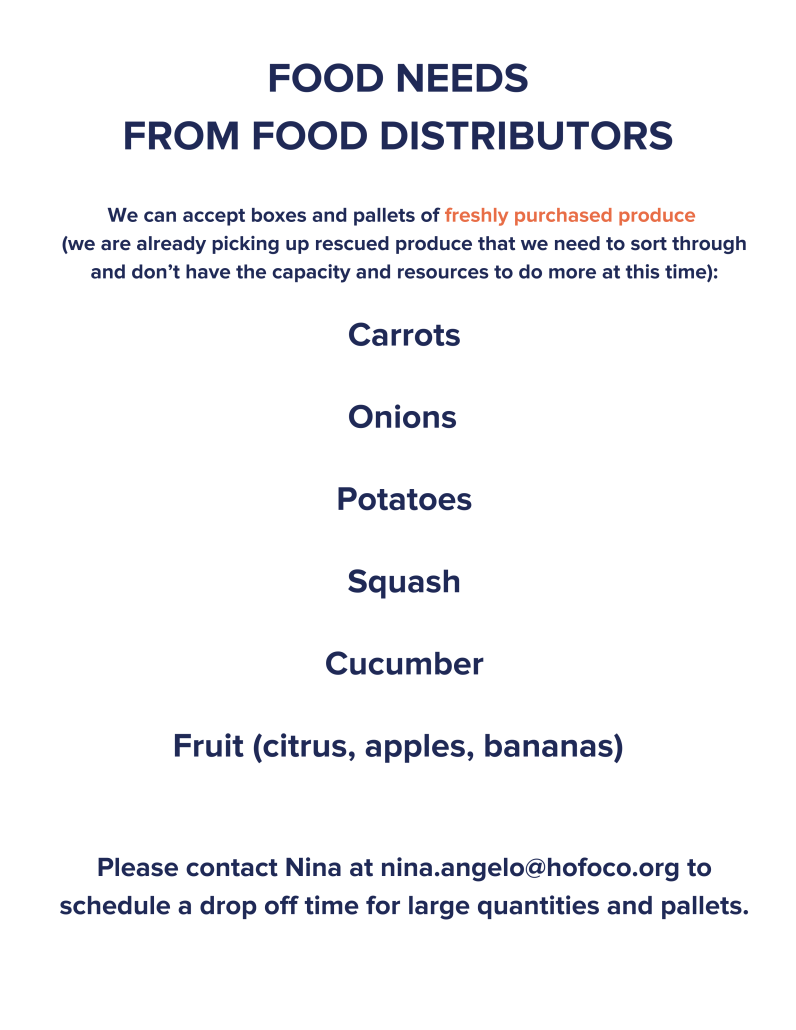July 28, Update
HoFoCo has been on the frontlines of Los Angeles’ wildfire relief efforts, responding to the Eaton Canyon and Palisades wildfires through two core initiatives: Mobile Pantries and Healthy Living Grocery Bags distributions. These programs were designed to meet displaced families, domestic workers, and vulnerable residents where they are – offering culturally relevant food and choice-based support with no barriers to access. In the last two months alone, HoFoCo has hosted 16 Mobile Pantries in Altadena, in close partnership with My Tribe Rise, Altadena Farmers Market, The Juicy Little Society, and Altadena Library, and 4 Healthy Living Grocery Bag distributions with Polo’s Pantry and IDEPSCA, specifically serving domestic workers impacted by the Malibu and Palisades fires. These initiatives are ongoing and will continue through next year.
To date, our efforts have reached over 5,000 families – many of whom are facing food insecurity for the first time, while simultaneously dealing with the trauma of displacement and loss. A Spanish-speaking senior in Altadena shared, “The whole experience was very traumatic.” Meanwhile, R., another fire survivor now living in Pasadena, explained, “Anything is helpful, anything at all. The produce helps because there’s not many stores nearby or even a good selection of produce in open stores, and prices are too high.”
These initiatives are powered by HoFoCo’s Community Exchange, which rescues and redistributes over 2.5 million pounds of food annually. This food rescue program ensures a steady supply of farm-fresh produce, pantry staples, and prepared meals. Our longtime partner Sunrise Organic Farms plays an essential role by sourcing and donating high-quality, locally grown organic produce and supporting transportation to get it directly into the hands of those most in need. This partnership ensures that fresh, nutritious offerings – like sweet cherries, collard greens, and heirloom tomatoes – are always available.
The Mobile Pantries are intentionally designed to function like open-air markets, preserving dignity and reducing waste by allowing people to select only what they need. “I was not expecting all this! This is spectacular – so many fruits!” shared one attendee. Another added, “No grocery shopping for a while!” M., who drove in from Monrovia to attend one of the distributions and water poppies on her old lot, told us, “Everything will help our family. All the fruits and vegetables will help.”
For those who are homebound or lack transportation, Healthy Living Grocery Bags offer an alternative – pre-packed and filled with items selected for quality, cultural relevance, and nutrition. We are especially mindful of accessibility: A., a hard-of-hearing resident who recently moved back home, shared, “We probably need produce more now than ever before… every little penny and dime we can save is helpful.” He also emphasized the importance of offering both in-person and remote access options for those with disabilities or tech barriers.
One retired teacher, G., whose home was severely damaged, remarked, “All the produce is so fresh! A lot of other distributions don’t have veggies or fruits, and this is a blessing – anything we can save right now is needed for rebuilding our house.” Another participant pointed out, “These cherries are great – they’re so expensive at a store.”
This relief work has been made possible thanks to the unwavering support of our generous funding partners: Ballmer Group, Fire Aid LA, California Community Foundation, Albertsons, State Farm, The Ralph M. Parsons Foundation, Annenberg Foundation, UniHealth Foundation, Rosendin Foundation, Rose Hills Foundation, Johnson Ohana Foundation, Robert Nelson Foundation, Sysco and all of you. Your commitment is allowing us to not only meet immediate needs, but to build a more coordinated and resilient emergency food infrastructure, one that prioritizes equity, dignity, and long-term recovery for all Angelenos.
As the fires fade from the headlines, the need remains, and will for years to come. Together, we are showing what’s possible when neighbors, nonprofits, and funders come together to create a community-rooted, sustainable response.
